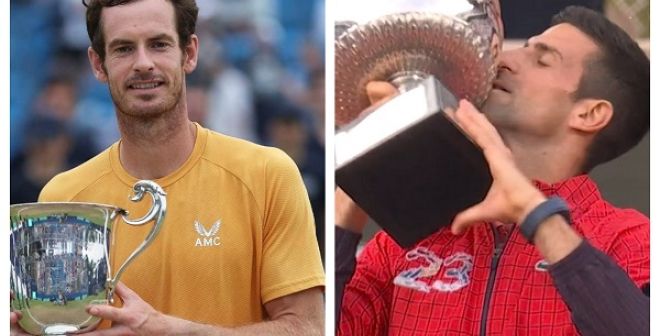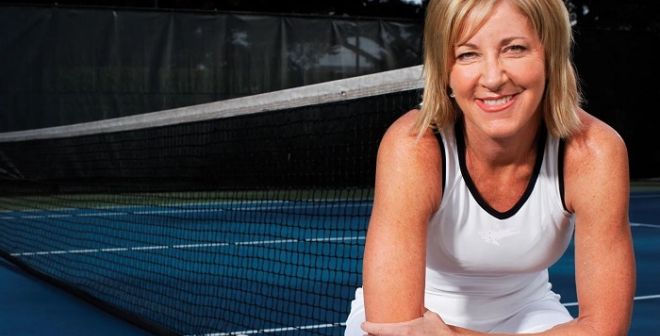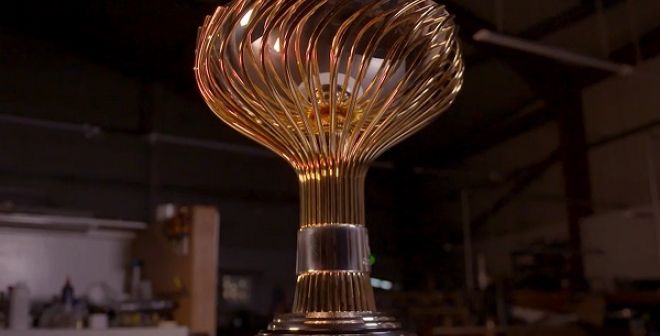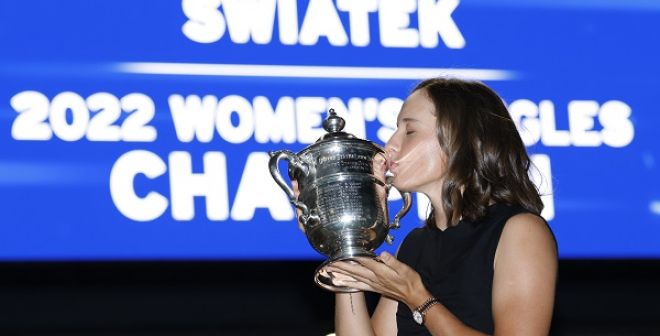Last news
News / Results
News / Results
Swiatek and the WTA Finals
News / Results
Rolex Shanghai Masters Returns
News / Results
The US Open
News / Results
Titles on the Same Day but Worlds Apart for Andy and Novak
News / Results
Chrissie's Choice for RG
News / Results
Rafa Holds On. BNP Paribas Open Preview
News / Results
Tight Schedule
News / Results
The Inaugural United Cup
News / Results











